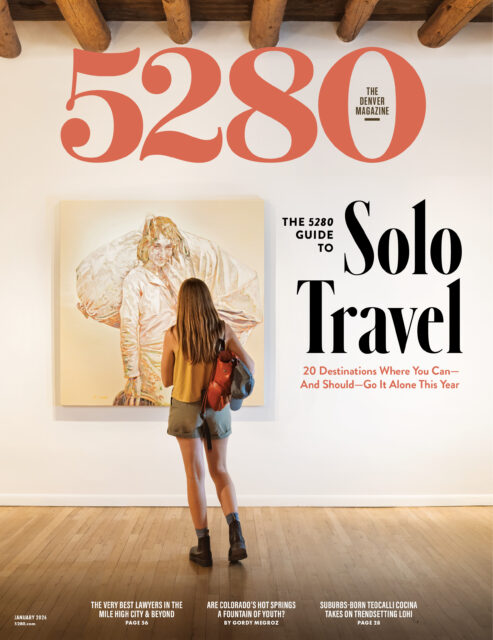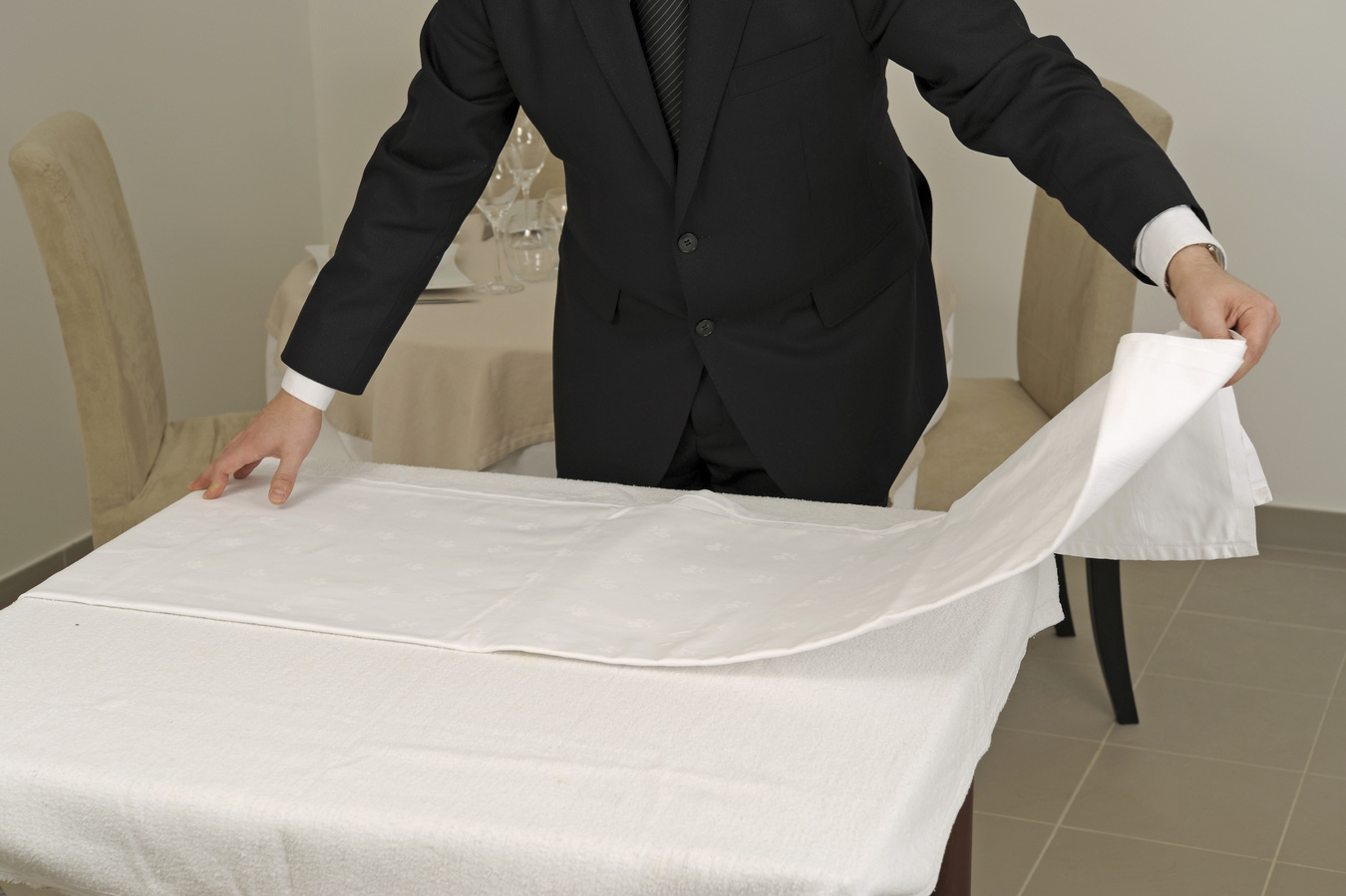The Local newsletter is your free, daily guide to life in Colorado. For locals, by locals.
To me, the feel of a restaurant is as important as the food. Whether I’m on or off the clock, I love seeing the energy that the color palette, light fixtures, floor tiles, and table treatments help create. When I first walked into Bistro Barbès in Park Hill (which I critiqued in our March issue), I instantly noticed the white tablecloths.
In the past two years, I have reviewed many of this city’s most talked-about spots. Strikingly, Bistro Barbès is the only one of those 24 restaurants to cover its tables with linens. Owner Jon Robbins told me in an interview that it was an economic choice—he says he didn’t have the cash for wooden tables. But he is a noteworthy outlier regardless of his reason. To The Wind, from a fellow Mizuna and fine-dining alum on a shoestring budget, eschewed linens by hand building tables. Guard and Grace, the steakhouse with a $57 flight of beef, opted against them. Lower48 Kitchen, which I often include when friends ask where to celebrate a birthday or wedding anniversary, went without white tablecloths as well. “They’re like wearing a dickie with Toughskins,” Lola’s Jamey Fader told me when I asked a handful of Denver chefs about the trend. “Some people can rock them, but mostly it’s uncomfortable.”

The decisions made by restaurant operators opening new spots are revealing, but the number of owners who once chose white tablecloths and have since removed them is even more telling. Luca, Tamayo, Panzano, D Bar, and even Aspen’s Element 47 (formerly Montagna at the Little Nell) all uncovered their tables during recent remodels. Denver’s Hotel Teatro removed the starched whites from Restaurant Kevin Taylor in 2010, then shut the four-star, four-diamond institution completely in 2014. It was replaced by the Nickel, a contemporary concept known for informal touches such as a tickable, sushi style charcuterie menu. In 2005, about 70 percent of the restaurants that appeared on 5280’s list of “Denver’s 25 Very Best Restaurants” donned white tablecloths. In 2014, a feature that inherently lends itself to celebrating our finest dining (although![]() not exclusively so), included only seven white tablecloth establishments—accounting for less than 30 percent of the list. “Linen was almost always like a necessary evil,” says Stuart Young of Hamilton Linen, the company that supplies Shanahan’s Steakhouse and Mizuna with its tablecloths. “Over the last decade I’ve definitely seen a shift away from it.”
not exclusively so), included only seven white tablecloth establishments—accounting for less than 30 percent of the list. “Linen was almost always like a necessary evil,” says Stuart Young of Hamilton Linen, the company that supplies Shanahan’s Steakhouse and Mizuna with its tablecloths. “Over the last decade I’ve definitely seen a shift away from it.”
This is not a regional phenomenon. When Bon Appetit’s Andrew Knowlton published his most recent list of the country’s 50 best new restaurants, the list was so devoid of fine dining details like tablecloths that John Mariani, who publishes a similar list for Esquire, took issue with Knowlton’s round up. “Walk into any of BA’s nominated restos and you won’t find any decor by Adam Tihany or David Rockwell. In most you won’t find widely separated tables—forget entirely about now anathema tablecloths!—or fine china and silverware,” Mariani wrote.
Their public spat went down just as I was dining at Bistro Barbès regularly. While I was careful to give Robbins’ restaurant the same consideration I had given to the countless undressed tables that had come before it, it made me wonder how Denver diners feel about the trend. We are a town that has always been more casual than our coastal cousins. Any night of the week you can find mountain duds like SmartWool socks or Kühl pullovers or Pearl Izumi sneakers at a neighboring table. This informal, outdoors-y culture is a prized part of our fabric. It’s one of the reasons we live here. And for those of us who would love to marry a fabulous food scene with the unmatched adventures to burn off each meal, one might argue that the national celebration of less formal dining actually serves Denver well. But, I wondered, at what point does this trend hit a tipping point? Are we with Knowlton exclusively, celebrating trucks, pop-ups, and exposed duct work to the extinction of fine dining details such at white tablecloths? Or do some of us appreciate Mariani’s concern and welcome white-tablecloth openings such as Bistro Barbès? Are we happy to see the linens relegated to the history books only to be studied by food scholars decades from now? Or are there occasions when we still seek them out and appreciate that restaurants like Rioja and Barolo Grill are committed to keeping them?
Join in: Denver diners have a unique perspective on the national celebration of more casual dining. We would love to hear your thoughts on the matter. Comment below or on social media using the hashtag #DenTablecloth.
Follow Stacey Brugeman on Facebook, Instagram, and Twitter @StaceyBrugeman.








